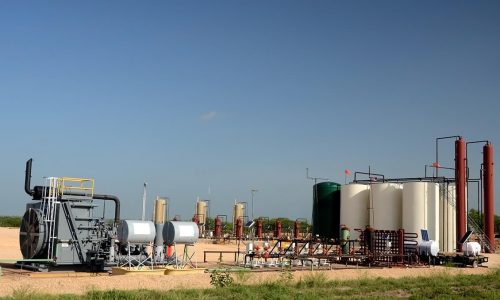Natural Gas & Biogas
When natural gas is pumped up from a well, it is saturated with water vapour (H2O) . It will also have considerable amount of undesirable gases such as Hydrogen Sulfide (H2S). As such, the gas must be treated and dried below a specific moisture content before the natural gas producer and pipeline companies buy and sell natural gas.
Biogas is a renewable energy source produced by breaking down waste organic materials through anaerobic digestion and capturing the resulting biogas for reuse. The captured biogas can be used in a variety of valuable ways including local heating and power generation, as fuel for natural gas vehicles, or sold to natural gas utilities and injected into their pipelines in the form of biomethane. Depending on the end use of the biogas, it must be conditioned or upgraded to different levels of purity by removing contaminates such as Hydrogen Sulfide (H2S), Oxygen (O2) and Moisture (H2O).
Monitoring these gas constituents is important for process optimization and control in these industries as well as verifying the gas quality at custody transfer points and monitoring the operation of the Moisture (H2O) and Hydrogen Sulfide (H2S) at these pretreatment equipment.
Featured Applications
Natural Gas

Traces Moisture (H2O) and Hydrogen Sulfide (H2S) are critical measurement in the Natural Gas industry. These measurement are performed during the gas processing, custody transfer, transportation and storage.
We offer a full range of advanced gas analyzers with patented designs and unique proprietary technologies for these analyte measurement to give you the performance, reliability and accuracy.
Biogas

Depending on the end use of the biogas, it must be conditioned or upgraded to different level of purity to remove contaminates such as Hydrogen Sulfide (H2S), Moisture (H2O) and Oxygen (O2).
Our biogas analyzers are packed with highly desirable features that provide operators the ultimate flexibility in monitoring these contaminates in their gas conditions.
Vapor Recovery Unit (VRU)

Oxygen (O2) may ingress into the primary gas system through:
- pipe or flange leakage,
- compressor packing,
- pigging operation or
- failure of the tank blanketing system.
When it ingress into the system, It can cause the following over time:
- Corrosion in the piping system
- Degrade glycol in dehydration system
- Increase chemical usage in the amine treatment system
Using the proprietary manufacturing techniques to produce its exclusive electrochemical oxygen sensors, we offer a full range of both online and portable Oxygen analyzers to detect leaks in your system.